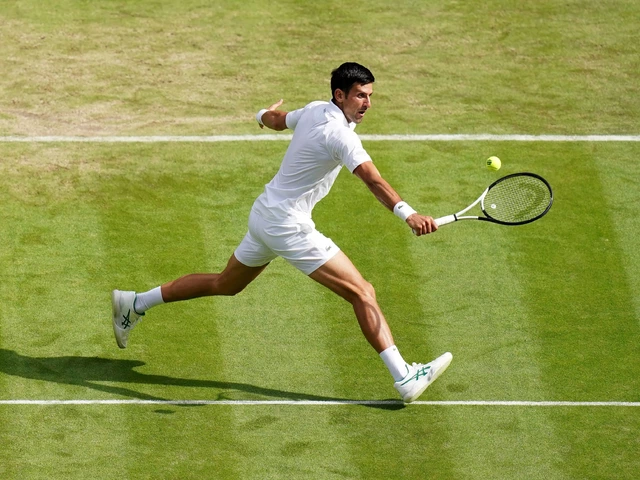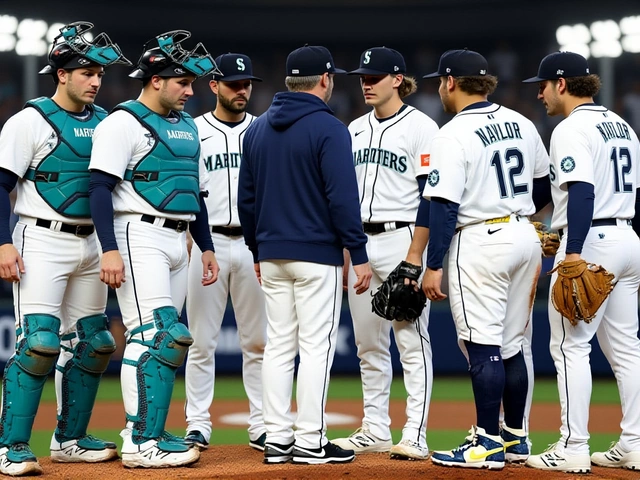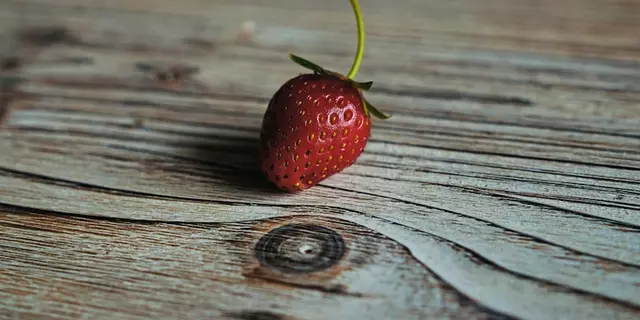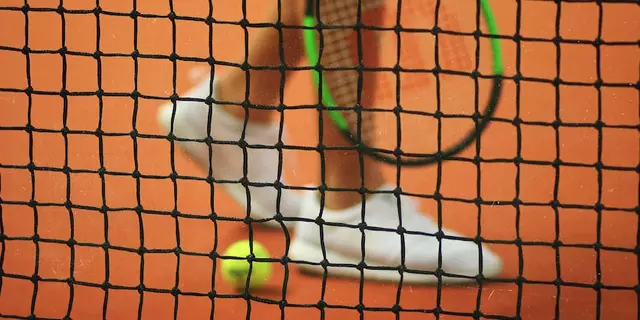Tennis Equipment: How to Pick the Best Gear for Your Game
Ever notice how a player with the right racquet feels smoother on the court? It’s not magic – it’s good equipment. In this guide we’ll cut through the jargon and show you what to look for when you buy a racquet, strings, shoes, balls, and a few handy accessories. The goal? Help you feel more comfortable, hit harder, and enjoy tennis more.
Racquets and Strings
The first piece of gear you’ll touch is the racquet. Size matters: most adults use a 27‑inch frame, but if you have a smaller hands or like a faster feel, a 26‑inch might suit you better. Check the head size too – a 100‑square‑inch head gives a larger sweet spot, which is forgiving for beginners, while a 95‑square‑inch head offers more control for advanced players.
Weight and balance are the next clues. A lightweight racquet (around 280‑300 g) lets you swing faster, perfect for generating spin. A heavier frame gives stability on powerful shots but can fatigue your arm quicker. Balance tells you where the weight sits: head‑heavy racquets boost power, head‑light racquets improve maneuverability at the net.
Strings are the hidden hero. Polyester strings (often called “poly”) hold tension longer and add spin, but they can feel stiff. If you’re prone to arm pain, try a multifilament or natural gut for a softer feel. Tension range is usually 50‑60 lb; lower tension gives more power, higher tension gives more control. Experiment within that range to find what feels right.
Footwear, Balls and Accessories
Good shoes protect your joints and let you move quickly. Look for a shoe with a durable outsole that matches the court surface – a hard‑court shoe has a tougher tread, while a clay shoe is smoother and lets you slide. Cushioning in the midsole helps absorb impact, and a breathable upper keeps your feet dry during long matches.
Balls might seem simple, but they affect speed and spin. New balls are livelier; after a few games they lose bounce. Most tournaments use +2 pressure balls for consistency. For practice, you can buy bulk cans of regular balls – they’re cheaper and still perform well if you rotate them often.
Accessories that make a difference: a vibration dampener reduces sting on off‑center hits, a grip tape changes feel and prevents slipping, and a simple over‑grip adds tackiness without replacing the whole grip. Keep a towel, water bottle, and a small first‑aid kit in your bag – they’re not flashy, but they keep you playing longer.
Putting it all together, start by testing a few racquets at a local shop. Swing with the strings at different tensions and feel the weight. Then, try on shoes that feel snug but not tight, and do a quick shuffle on the surface you’ll play most often. Finally, pick a ball brand you trust and stock up on accessories that solve the little annoyances you notice during play.
Remember, the best equipment is the one that matches your style and comfort. You don’t need the most expensive gear to improve; you need the right fit. Use this guide as a checklist, experiment a bit, and you’ll notice the difference on the court right away.
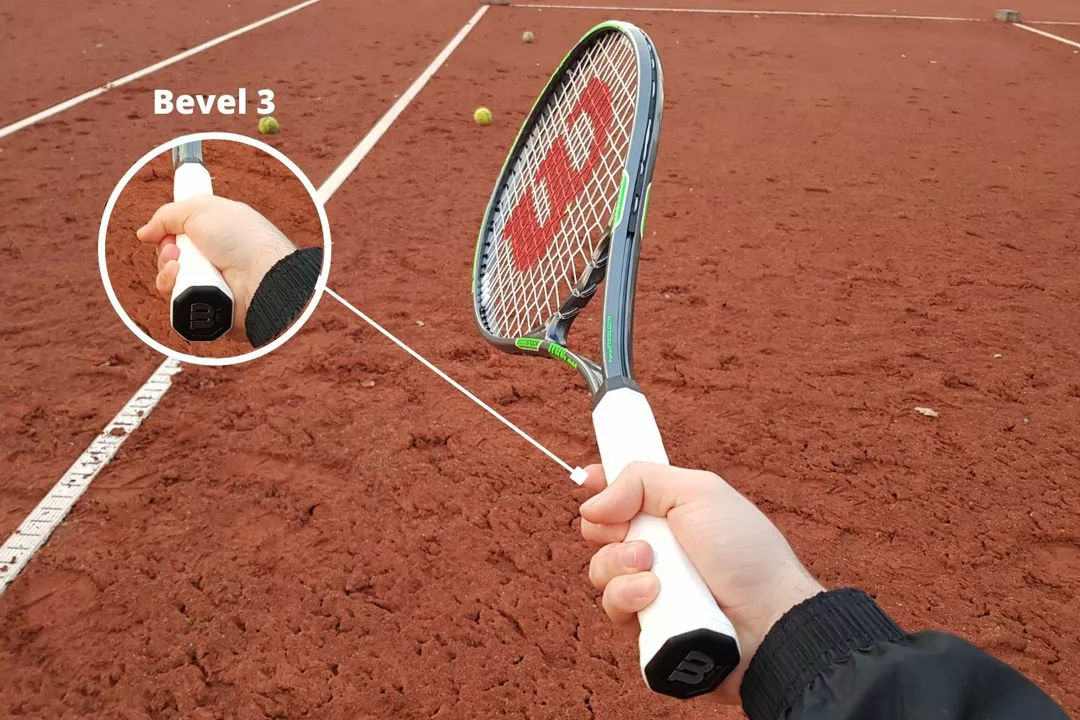
What tennis racket would you recommend for a beginner?
As a beginner in tennis, I would highly recommend starting with a racket that offers a good balance of power, control, and maneuverability. The HEAD Ti.S6 is a popular choice for its lightweight yet stable frame, making it easier for new players to learn the ropes. Additionally, the Babolat Drive Max 110 is also a great option, as it provides a larger sweet spot and added power, perfect for those still developing their swing. Don't forget to consider your budget and personal preferences when choosing the right racket for you. Ultimately, it's essential to feel comfortable and confident with your equipment as you embark on your tennis journey.
Detail